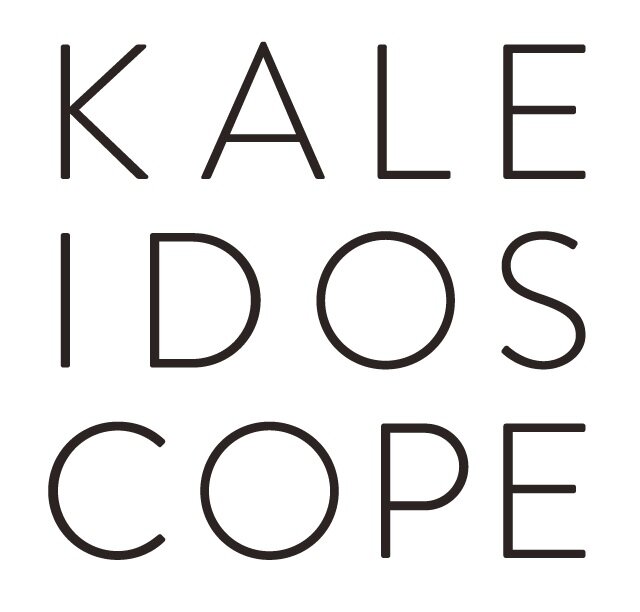MIGRATION TO SPACE
Typologi: Utstillingsarkitektur Sted: Venizia, Italia År: 2019 Samarbeidspartnere: Markus Richter, Diana Rimniceanu, Aleksi Vesaluoma, Eero Koivunen, Katriina Ranne, Orlando Lovell, Friedrich J. Richter, Tero Aikkila
Typology: Exhibition Location: Venice, Italy Year: 2019 Collaborators: Markus Richter, Diana Rimniceanu, Aleksi Vesaluoma, Eero Koivunen, Katriina Ranne, Orlando Lovell, Friedrich J. Richter, Tero Aikkila
Exhibition proposal for the Finnish Pavilion at the Venice Biennale.
The Finnish pavilion is an icon of Aalto and has a longstanding history of presenting Finnish architecture to the international community. With the Open Call in 2019, we saw an opportunity to make a difference and come up with a new approach; a contribution to international debate. We wanted to express our concern about the state of planet Earth from a global perspective. The pavilion is an ideal arena to make an outreach and create a common space for addressing a global issue. Our motivation was to achieve impact - to trigger change in society. With the proposal we aimed to reflect on our role as architects, artists, citizens and human beings. We are both part of the problem and the solution, we have a responsibility. An important aspect was what the audience would bring back with them. How can we create a significant experience and a persistent statement, outliving the exhibition? The word of mouth. A change of thought. Facing the alarming conditions on Earth with a new perspective.
Venice is the venue for making a statement. Our proposal aimed to show that the collective effort of tackling climate change is not reaching far enough. We aimed to reflect on the consequences of our collective numbness towards resource use, and to address the role of the architect, looking at how architecture can impact our collective behaviour.
Inside the proposed Survival Pod is a mycelium based structure, bringing a piece of Finland - the mushroom, to Venice. The structure of the pod is planned as a kit constructed of elements easy to assemble, dismantle and relocate, tapping into the contemporary discussion on the need for flexible architecture, and dynamic built environments. This builds upon the flexible structure of the Aalto pavilion itself.
MIGRATION TO SPACE
A metamemory pod for a lost planet
Climate change happened. Disaster happened. Terrestrial life forms were suffocated, driven to migrate to space in the search for other planets to inhabit. Remembering how Earth was is something strong in everyone's heart. It’s a collective memory of our lost planet. Our nature. Once our home.
The metamemory pods are where we cultivate and nurture biotic components from Earth. A pilot project that recreate Terran microclimates, made possible with a small soil seed bank with samples from Earth. They are survival pods, but also a place you go to remember Earth and its life forms. We are designing memory space. We see it as a form of sensory museum and a memory trajectory to a lost world. Inside we have recreated terrestrial climate conditions and small ecosystems. You can touch, smell, taste and see. It is meant to evoke the feeling and emotions that you had.
I remember this exact feeling of walking through the soft moss, searching for the forest gold – chanterelle. The moist air and the smell of damp moss and wet tree trunks – of forest pine. The earthly moist scent, and the filtered rays of sunlight. With my eyes closed, and the subtle apricot sense of the chantarelle, I feel an immediate well-being, relaxed. Shortly this feeling is overtaken by an immense longing. Longing for home, and for the true connectedness with nature.
In retrospect, it is easier to see clearly what you should have done. We want to bring the audience to a moment in time where they feel the memory of something they had, cherished, and lost, and the retrospective regret of not doing enough to prevent losing it. The audience gets a revelation where they regain insights about the situation and about one’s self. We aim to evoke a trauma of the catastrophe and make the audience rediscover the seriousness of the situation we are up against.
As a response to inaction in the face of the catastrophic climate changes, this is a call for immediate, collective action to change course before disaster strikes in full and before there is no turning back – before migration to space is our last option for survival.



